
Top 5 Historical Spots in Nagoya That Are Reminiscent of Sengoku (Warring States) Heroes
Nagoya is the city that three main military commanders (Oda Nobunaga, Toyotomi Hideyoshi, and Tokugawa Ieyasu) dwelled in during the Sengoku (Warring States) period of Japan. Here you can find several spots that are connected to them. This article introduces 5 of these spots, which you should take the time to visit!
This post may contain affiliate links. If you buy through them, we may earn a commission at no additional cost to you.
1. Nagoya Castle (Tokugawa Ieyasu)
Tokugawa Ieyasu (1542 – 1616) was the founding father of the Tokugawa shogunate, a samurai government which lasted for 300 years starting from 1603. Tokugawa had the castle constructed in 1614. It serves as the symbol of Nagoya, with the keep and the outer citadel, among other constructions, contributing to its large size. The inside of the castle tower houses the observatory, as well as an exhibition of various documents. Most of the castle, including the tower, was destroyed due to air raids in World War II, but it was reconstructed in 1959. You may find a Sumiyagura (turret with oars positioned at castle wall corners) and Omote-ninomon (two front gates) at the west-north, west-south, and the southeast corners.
Entrance Fee: 500 JPY/adult, Free/junior high school students and below

Kinshachi (Golden Dolphin)
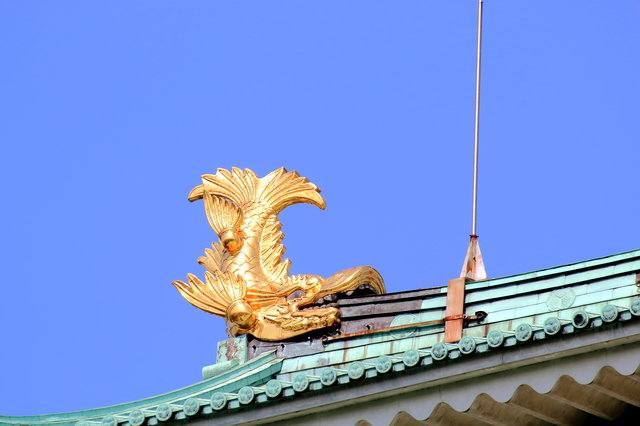
2. Kiyosu Castle (Oda Nobunaga)
Oda Nobunaga (1543 - 1582) entered this castle in 1555 and used it as his headquarters until his transfer to Gifu Castle in 1567. According to certain accounts, the castle was built by the provincial military governor turned daimyo around 1390 to 1420, but it is not actually clear on who built the castle and when. When Nobunaga was shot in Honnoji Temple, Kyoto in 1582, many military commanders (including his second son) served as lords of the castle. The castle was deserted in 1610. At present, the three-layer four-floor castle tower, as well as the Japanese garden have been reconstructed. The castle tower houses an exhibition of historical documents.
Entrance Fee: 300 JPY/adult, 150 JPY/elementary and junior high school students, Free/below elementary school age
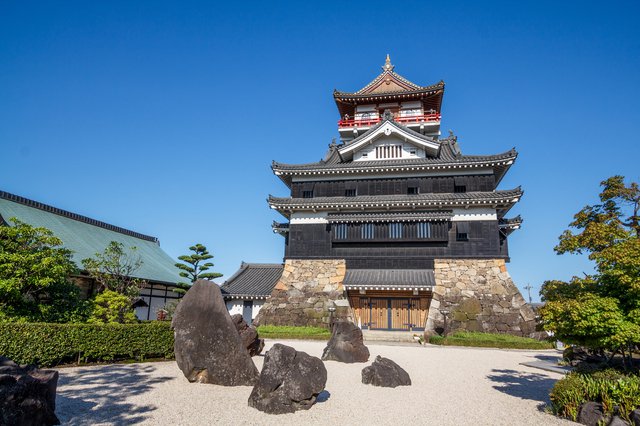
3. Nakamura Park (Toyotomi Hideyoshi / Kato Kiyomasa)
The military commander who served Oda, put up military exploits, and unified administrative power following Oda\'s death was called Hideyoshi Toyotomi (1536/1537 - 1598). This park encases the Toyokuni Shrine (built in 1885) as its main spot, which venerates Toyotomi as an enshrined deity. Here you may find a Japanese garden, a tea ceremony room, and a monument that celebrates his birthplace. You can also find a historical museum that focuses on Toyotomi, as well as his childhood friend, Kato Kiyomasa.

Historical Museum "Hideyoshi and Kiyomasa Museum" (Cultural Plaza in Nakamura Park)
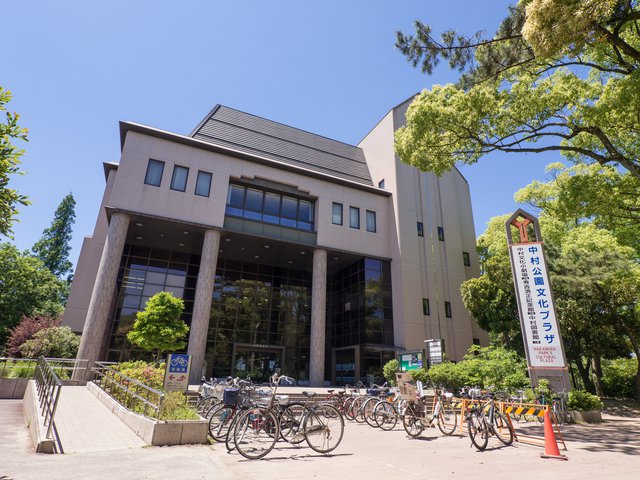
4. Okehazama Battlefield Park (Oda Nobunaga)
The Battle of Okehazama was the most notorious war recorded in Japanese history. The military commander who achieved victory against the daimyo – Imagawa Yoshimoto, who had an army of about 25,000 people – despite having only 1/10 the amount of people, was Oda Nobunaga. Though it is still unclear where this battle took place, there is some historical evidence backing up a claim that it was centered in the Midori Ward of Nagoya City.
The most famous place among this whole neighborhood that served as the battleground and resting spot of Yoshimoto would be Okehazama Battlefield Park. Here you may find landforms, castles, fortresses and other constructions that are representative of that time, as well as statues of Oda and Yoshimoto, and the latter\'s burial grounds.
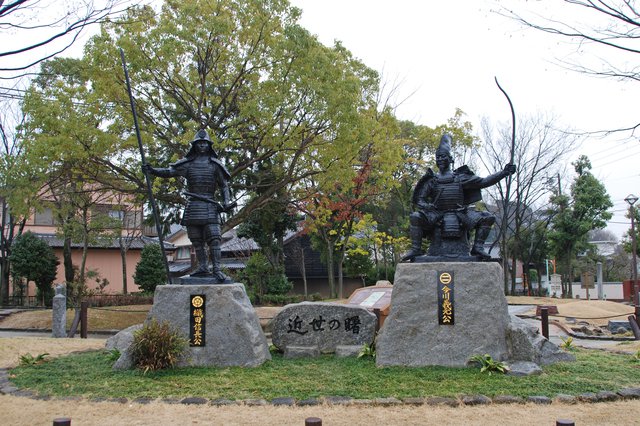
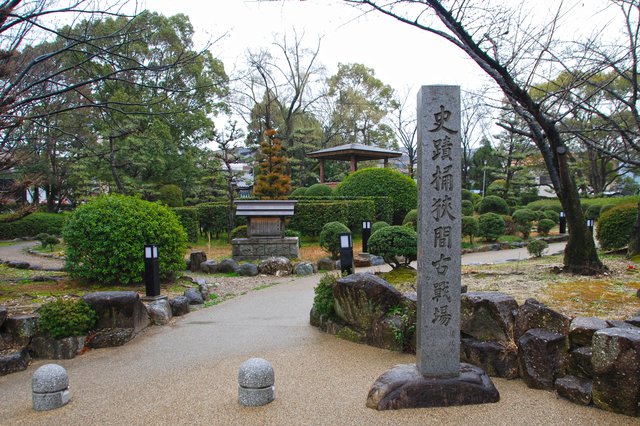
5. Tokugawa Art Museum (Tokugawa Ieyasu)
This museum holds about 10,000 items and thousands of crafts that have been passed down in the house of Tokugawa. Here you may find national treasures and Important Cultural Properties of Japan. The museum itself is registered as a Cultural Property, with exhibitions that you can enjoy year-round. The Tokugawa Art Museum also has a variety of special exhibitions.
Example of Fees (depending on the exhibit): 1,400 JPY/adult, 700 JPY/high school and university students, 500 JPY/elementary and junior high school students
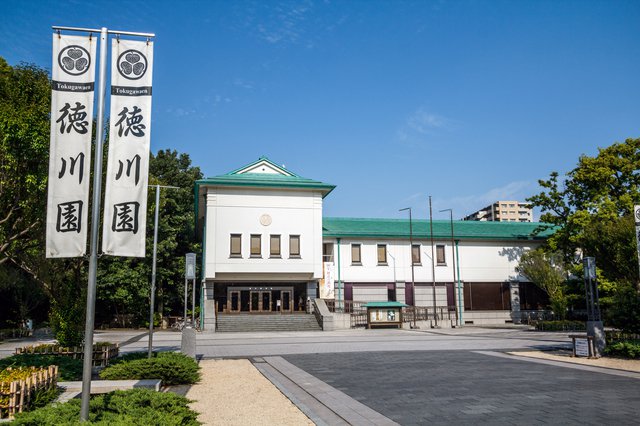
Starting with Nagoya City, Aichi Prefecture is known as the home of samurai culture. Why not come for a visit?
The information in this article is accurate at the time of publication.




